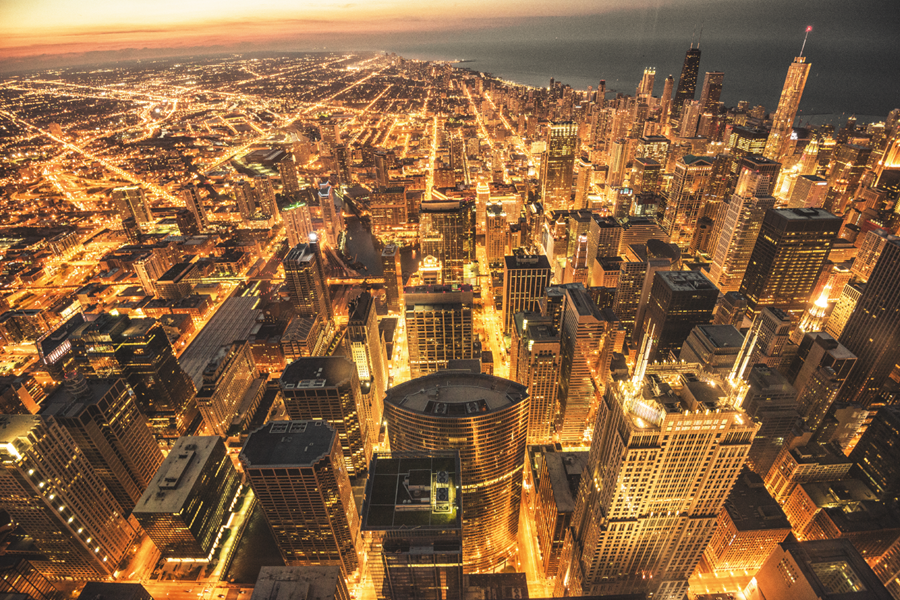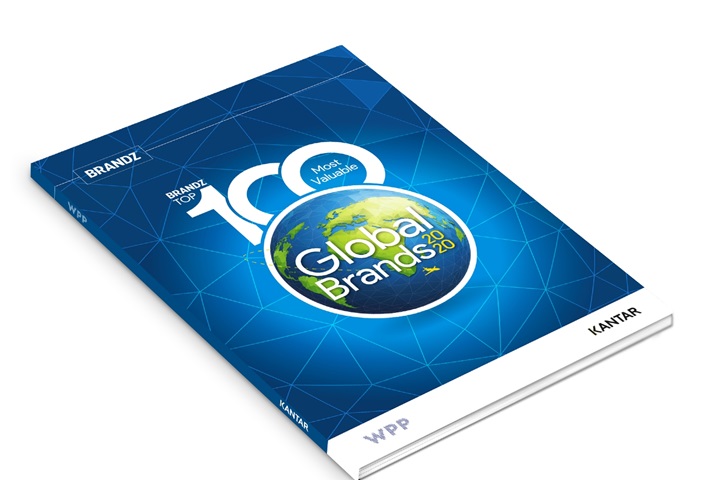The world’s most valuable brands have seen their total brand value increase by 5.9% despite the economic, social and personal impacts of COVID-19, according to the 2020 BrandZTM Top 100 Most Valuable Global Brands ranking released today. The total brand value of the Top 100 global brands reached US$5 trillion, equivalent to the annual GDP of Japan. It has increased by 245% since 2006, when the total brand value first reached US$1 trillion.
The Top 100 most valuable brands have shown they are more resilient and less volatile in the current crisis than they were during the global economic crisis of 2008-9, adding an additional US$277bn of brand value growth over the past year. The BrandZ strong brands portfolios continued to outperform the market, including the S&P 500 and MSCI World Index, and even in the current crisis dipped less than the global average.
The ranking uses valuations data incorporating stock price performance from April 2020 to reflect the impact of COVID-19. Against a backdrop of uncertainty, those companies that have consistently invested in longer-term marketing and in building strong brands have managed to stave off the worst of the crisis. Prior to the global pandemic, total brand value of the Top 100 brands was set to increase by 9%.
Technology brands continue to dominate the Top 10
Amazon maintained its position as the world’s most valuable brand, growing 32% to US$415.9bn. Having first entered the BrandZ Global Top 100 Most Valuable Brands ranking in 2006, Amazon’s value grew by almost $100bn this year and accounts for a third of the Top 100’s total growth.
Technology brands continued to dominate the top of the ranking, representing over a third (37%) of brand value in the Top 100 and growing overall by 10%. Apple maintained its position as the second most valuable global brand (+14%, $352.2bn) while Microsoft regained the no. 3 position (+30%, $326.5bn) ahead of Google (+5%, $323.6bn) at no. 4, due to the growth of its cloud-enabled workplace ecosystem that incorporates Office365 and Microsoft Teams, allowing people to maintain ‘business as usual’ during the lockdown.
Asian brands represented a quarter of the Top 100 brands, including 17 Chinese brands. Alibaba (+16%, no. 6, $152.5bn) was the most valuable Chinese brand with Internet services giant, Tencent (+15%, no. 7, $151bn) one place behind.
Strong brands are weathering the storm
This year’s BrandZ Top 100 showed that innovation and creativity are key drivers of growth as people spend more time online. This is seen not only in companies like Amazon, Apple and Google - the tech giants that keep on innovating - but also in one of the most exciting new brands, short video-sharing social network TikTok (no. 79, $16.9bn). TikTok was the highest new entry this year, offering light-hearted, entertaining user-generated content.
The continued growth in value of the BrandZ Top 100 shows that strong brands are in a much better place than they were in the global economic crisis of 2008-9. We see a significant improvement in brand equity now compared to 10 years ago because businesses understand the importance of investing in brand-building and are stronger and more resilient as a result. While the impact of COVID-19 has impacted every business regardless of size or geography, consistent investment in marketing can and will help carry you through a crisis.
Shifting lifestyles propel the fastest risers
The retail sector showed strong performance, growing the fastest (21%) in brand value driven by the major e-commerce players. Retail e-commerce brands Amazon, Alibaba and JD (+24%, no. 52, $25.5bn) demonstrated innovation and agility during difficult times, along with more traditional retailers like Walmart (+24%, no. 27, $45.8bn), which has invested in its e-commerce capabilities.
Unsurprisingly given our new lockdown lifestyles, over half of brands in the media and entertainment category appeared in the top 20 risers, including Netflix (+34%, $45.9bn), up eight places to no. 26, Instagram (+47%, $41.5bn) up 15 places to no. 29, LinkedIn (+31%, no. 43, $29.9bn), and Xbox (+18%, $19.6bn), up 22 places to no. 65.
Brands have also found new and creative ways to engage with consumers, build trust and create a level of intimacy, particularly in health and wellness. Athleisure brand Lululemon (+40%, $9.7bn) was one of the fastest risers, having shifted its focus from yoga-inspired wear to work-appropriate leisurewear, as well as offering online classes for people at home.
Trends to watch
- MasterCard entered the Top 10 for the first time this year, due to strong financial performance, supported by growing brand equity especially in engaging consumers: successfully fitting into the ‘ecosystem’ of their everyday lives and gaining a close emotional connection through its purposeful positioning.
- Five new entrants appear in the Top 100, led by Chinese entertainment brand TikTok, followed by UnitedHealthcare (no. 86, $15.8bn), Bank of China (no. 97, $13.7bn), Lancôme (no. 98, $13.6bn) and Pepsi (no. 99, $13.3bn).
- Building ecology has become a trend in the global business community. Haier (no. 68, $18.7bn) is the leading IoT ecosystem brand for the second year running.
- US brands represented more than half of the Top 100 brands. Asian brands represented a quarter of the Top 100 brands, with 17 from China (including Alibaba and Tencent in the Top 10) and two from Japan (Toyota and NTT).
- Sustainability is the new luxury – younger consumers expect the qualities associated with luxury, but with sustainable materials and less packaging. Four luxury brands made the Top 100 this year, led by Louis Vuitton (+10%, no. 19, $51.8bn).
Want more?
For more global insight from BrandZ and to explore the full 2020 Top 100, please download the report
Buy customised reports and data packages from BrandZ, the world’s largest brand equity database on Kantar Marketplace

